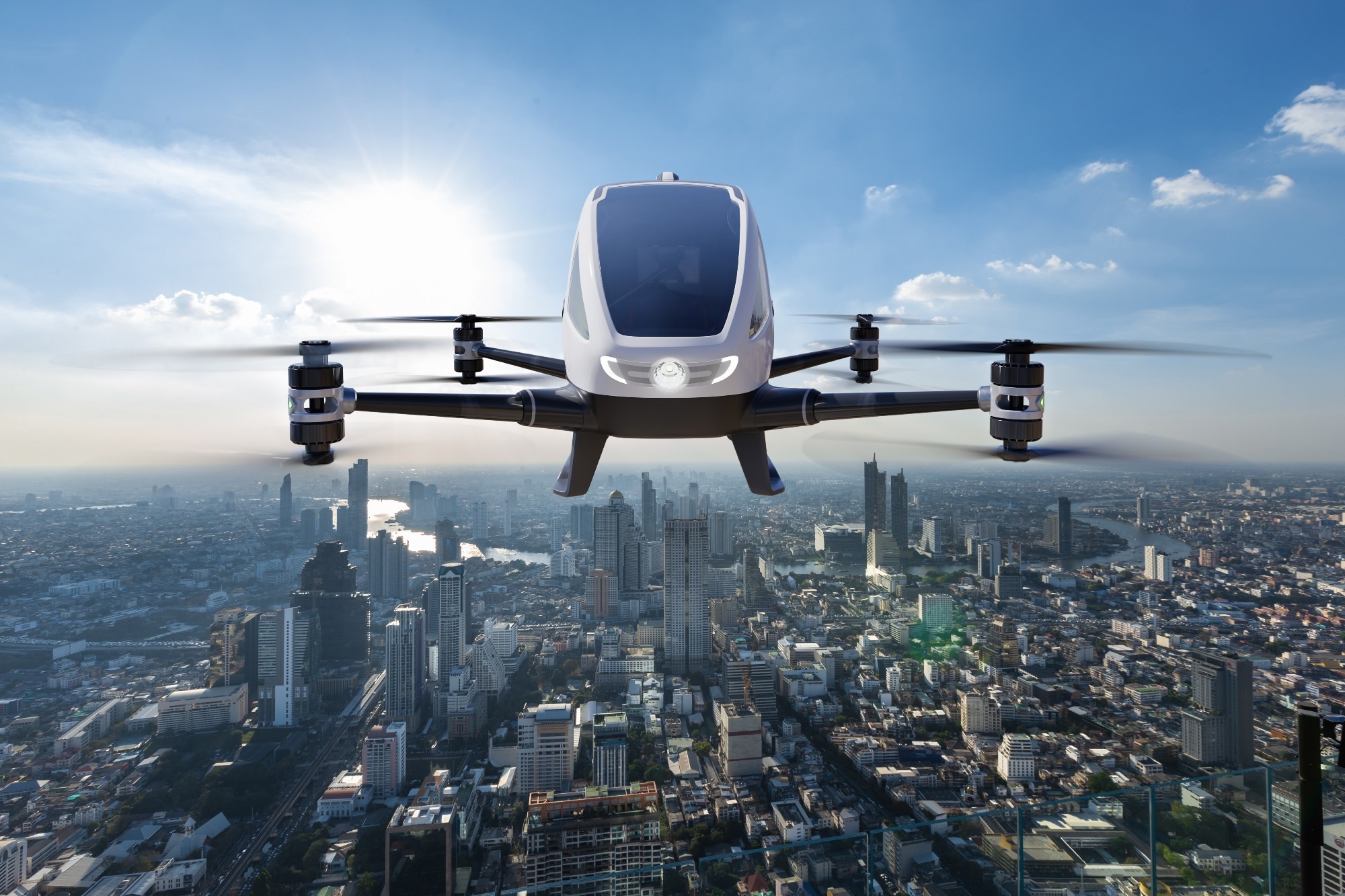Monitoring tiny palm tree seedlings poses challenges due to their size and lack of distinctive features. Restoration experts require advanced methods for high-resolution, swift, eco-friendly seedling monitoring. Counting and identifying them accurately is time-intensive.
 Study: Revolutionizing Plant Seedling Monitoring with GL-CNN and UAV Technology. Image credit: Suwin/Shutterstock
Study: Revolutionizing Plant Seedling Monitoring with GL-CNN and UAV Technology. Image credit: Suwin/Shutterstock
In a recent paper published in the journal PLoS ONE, researchers introduced the Gap Layer modified Convolution Neural Network (GL-CNN) with IoT and Unmanned Aerial Vehicles (UAVs) technology to enhance monitoring. GL-CNN predicts palm seedling growth from images with different convolutions.
Background
In plant growth, seedlings develop from seeds, each housing a dual root and shoot structure. The root precedes other growth, drawing water from the soil as the plant anchors itself. Subsequently, shoots emerge, accompanied by water absorption by the root. Notably, palm trees exhibit salt tolerance, combating desertification while influencing atmospheric temperature and pollution levels. Automation and interpretation of palm seedling growth via IoT and UAVs empower efficient resource management in smart farming.
Challenges in early-stage plant monitoring
The imperative of environmental restoration necessitates widespread monitoring, a challenge heightened during the vulnerable early stages of plant life. Seeds and seedlings, crucial yet diminutive, lack distinctive features that hinder tracking. To address this, emerging technologies offer high-resolution, swift, and scalable plant-based monitoring systems for restoration efforts. Machine learning and deep learning architectures hold potential for ecological monitoring, and enhancing plant health. Noteworthy endeavors have simulated 3D environments to predict object trajectories, achieving real-time trajectory prediction through trained neural networks.
In plant monitoring, machine learning has been harnessed to differentiate between healthy and damaged plants, while deep learning architectures demonstrate exceptional proficiency in plant health prognosis and disease classification. The novel GL-CNN architecture and UAV and IoT technology contribute to palm tree seedling monitoring, filling a gap in existing research.
Structural components of GL-CNN
Early-stage seedling growth faces a high 90% death rate in bioremediation, a critical bottleneck. Traditional methods for assessing growth in restoration projects lack efficiency as projects expand. The need for technology-driven, high-resolution seedling health monitoring is evident. Advances in sensors, computer vision, and machine learning offer cost-effective and swift monitoring solutions.
Digital drone cameras capture seedling images, which are analyzed using CNNs for growth evaluation. The current study introduces the GL-CNN architecture for palm tree seedling health prediction. UAVs collect images, and the IoT provides ground truth. Monitoring remains pivotal for restoration, with GL-CNN poised to revolutionize seedling monitoring.
The GL-CNN architecture employs convolutional kernels for relevant attributes. It starts with 64 kernels of varied sizes, overlapping pooling, and global average pooling layers. Bayesian optimization supports ReLU and dropout synergy. CNNs learn mid-level vision descriptions instead of low-level parameters.
Convolution operations utilize adaptable seven-dimensional layers and kernels with trainable partialities. Overlapping-Max pooling enhances efficiency. Batch normalization normalizes inputs. Global average pooling replaces fully connected layers. SoftMax aids in multi-classification. The algorithm uses preprocessed images and IoT data for growth prediction.
Model training, optimization, and results
For the assessment of the proposed method, the researchers curated a new dataset focused on palm tree seedlings. This dataset encompasses UAV-captured images of palm tree seedlings. To ensure the dataset's diversity, images were taken at varying vertical heights and times of day. Images were obtained from the same batch of palm tree seedlings cultivated for ten days under different lighting conditions. The initial dataset consisted of 51 images, which were then augmented to 255 images.
Seedlings are categorized based on their growth. A seedling with a black spot or yellow pigmentation due to nutrient deficiency, inadequate temperatures, or humidity levels is classified as having poor growth. Successful growth is characterized by healthy seedlings. The ground truth of plant health conditions is identified using IoT technology and a Grove sensor connected to a Raspberry Pi. This kit measures temperature and humidity levels in the vicinity of the plantlings. The measured values determine whether conditions are suitable for successful growth.
The approach involves data visualization, data augmentation, model training, and data categorization. The model is trained over 250 epochs, utilizing cross-validation to minimize overfitting. A simplified CNN architecture showed better performance than larger versions. The model's mean absolute error was assessed for loss and accuracy values, demonstrating effective results. The proposed architecture's simplicity and accuracy indicate its viability for palm tree seedling growth prediction.
Conclusion
In summary, researchers integrated UAV, IoT, and a novel GL-CNN model and achieved 95.96% average accuracy in predicting palm tree plant growth. Future directions involve incorporating endogenous metabolite considerations, surface sensors, expanding the technique to other species, and addressing nighttime evaluation using machine vision cameras and Bayesian techniques.